Valve Index VR Headset: 1440×1600 per Eye and 120/144 Hz LCDs
by Anton Shilov on May 2, 2019 9:00 AM EST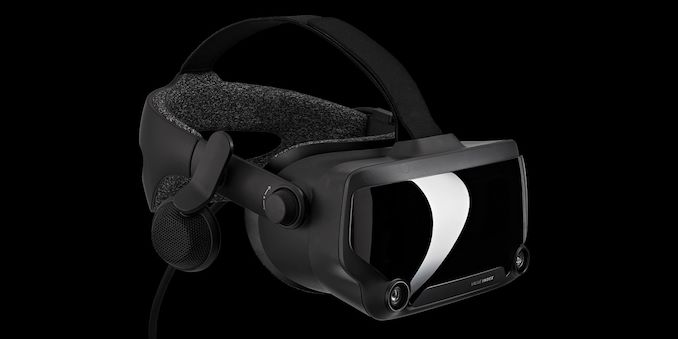
Valve this week started to take pre-orders on its next-generation Index VR headset that was developed entirely in-house. The product significantly improves all the capabilities of the HTC Vive (the first Steam VR headset) when it comes to screen quality, controllers, ergonomics, and tracking (according to the developer).
One of the key part of every VR headset is its display subsystem. The Valve Index is equipped with two LCD screens featuring a 1440×1600 resolution per eye (2880×1600 combined resolution), an up to 120 Hz refresh rate (as well as 144 Hz in overclocked mode), and an expanded field of view of around 130°. The screens are equipped with new optics featuring adjustable dual element canted lenses that ensure optical sharpness across the entire surface and enable users to look around using their eyes, not only the head. The optics also feature interpupillary distance and lens-eye distance adjustments to ensure the maximum viewing comfort.
When it comes to audio subsystem of the Valve Index, it has two nearfield off-ear speakers that feature accurate spatial positioning, yet do not touch ears. This is designed to ensure that users will not get as tired when using the headset and will still hear what is going around them. The headset also features a 3.5-mm headphone jack for those who prefer their own headphones.
Unlike other advanced contemporary VR headsets, the Valve Index continues to use external trackers. The SteamVR Tracking 2.0 system relies on two or four base stations featuring laser tracking that are said to be more reliable, more energy efficient, and cheaper to produce. Valve says that when using four trackers, gamers will be able to enjoy play areas of up to 10×10 meters. It remains to be seen whether such play areas are practical with a tethered headset, however. It is noteworthy that owners of the original HTC Vive will be able to use their base stations with the Index VR headset, but the reverse is not true: the new trackers can only be used with the new Index headset.
In addition to the new tracking system, Valve’s Index VR also comes with all-new controllers. The new controllers can track not only the position in space, but also all five fingers (a consumer industry first), allowing to grab and throw virtual objects. Obviously, to take advantage of the new feature, support from games is required. The Index Controllers also feature a small joystick, a tiny touchpad, two buttons, an analog trigger, a system button, a strap, and a Micro USB port for charging (Ian: a what??). Valve believes that its controller can live for about seven hours on one charge, but everything naturally depends on the actual use.
Last but not least, Valve says that its new head strap that features a rear strap knob, a top strap adjustment, as well as an overall better ergonomics than competing HMDs.
Valve’s Index VR headset uses a DisplayPort 1.2 and a USB port to connect to PC. When USB 3.0 connection is used, it will be possible to access camera’s pass-through mode for AR applications. Meanwhile, the HMD also has a VirtualLink interface support that can handle both display and USB data through a single USB Type-C cable.
Valve is taking pre-orders on its Index VR headset now with plans to ship the units in June. The whole package containing the HMD, controllers, and base stations costs $999. Alternatively, it is possible to get the HMD with controllers for $749, only the headset for $499, only the controllers for $279, and a pair of base stations for $299.


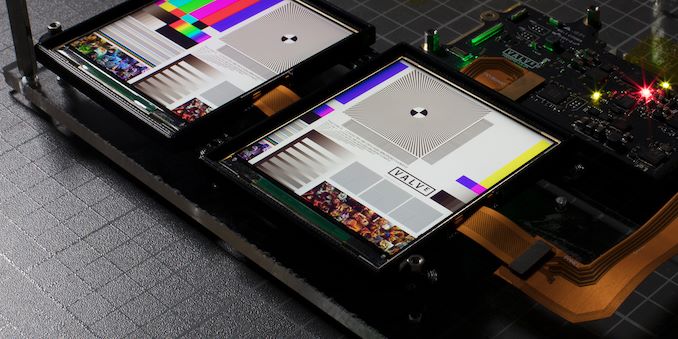
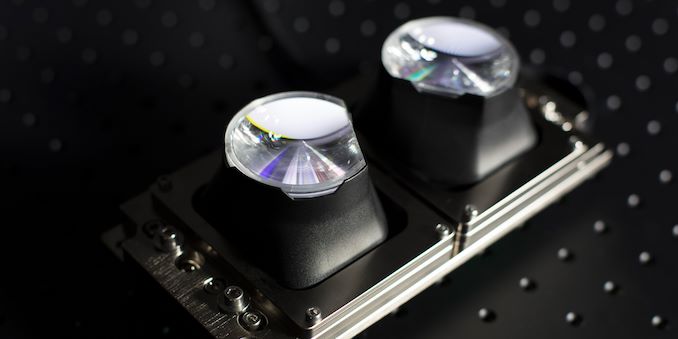
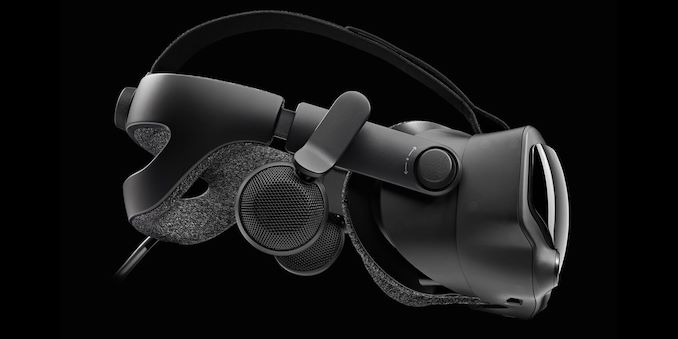
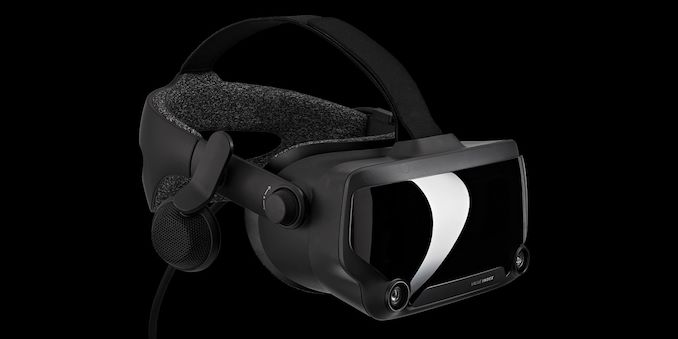
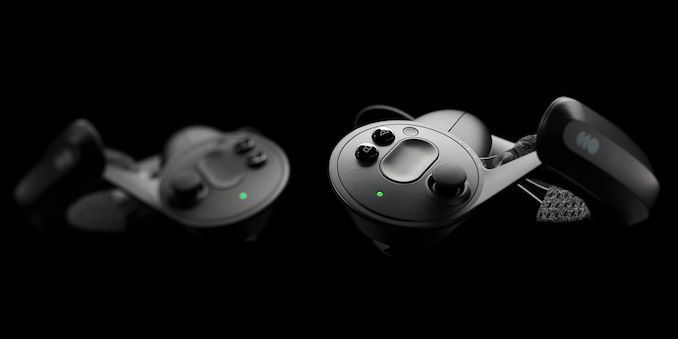
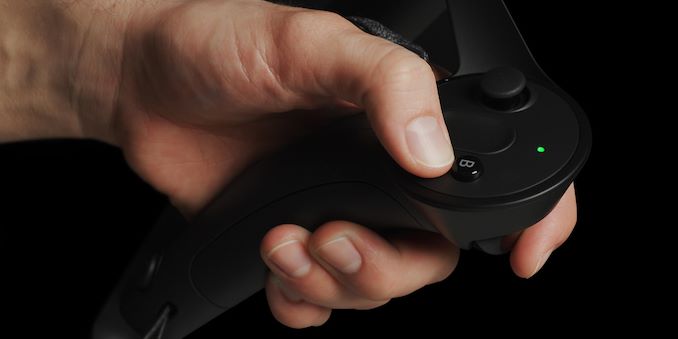
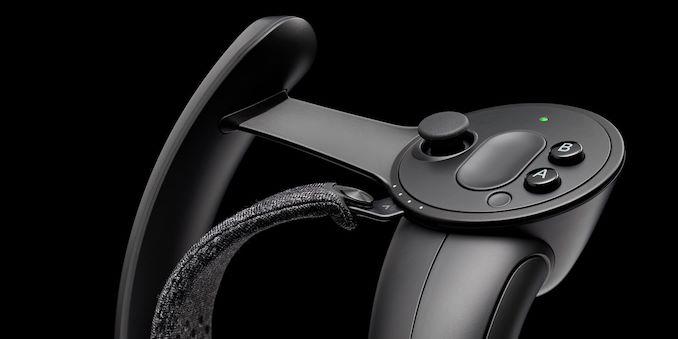








55 Comments
View All Comments
Death666Angel - Thursday, May 2, 2019 - link
LCD tech is already pretty good for 240Hz screens and with the backlight synchronized to the refresh rate (as the "ultra-low persistence global backlight illumination" suggests) it should work pretty well. Though a full RGB-OLED display with that resolution would have been nicer, you can't have everything and a lot of people (reddit thread I read a while ago) said they liked the low-res RGB PSVR OLED more than the high-res pentile-ish OLED of Oculus and Vive offerings. For $1k I think I will pass.Opencg - Thursday, May 2, 2019 - link
the oled on the rift has a pretty noticeable subpixel pattern. If this lcd doesnt then it might be a good upgradeDigitalFreak - Thursday, May 2, 2019 - link
New VR headsets should not require base stations anymore. Inside out tracking is on the Rift S.Cygni - Thursday, May 2, 2019 - link
Lighthouse tracking is more precise. This is supposed to be a premium unit with premium specs.PseudoKnight - Thursday, May 2, 2019 - link
To be clear, the base stations do not do the tracking. They just offer more precise "inside out" tracking.Valantar - Thursday, May 2, 2019 - link
I'm still absolutely baffled that they're using displays that are taller than they are wide. I get that maintaining vertical viewing angles is important, but human vision is wide, not tall - even per eye. At least they're claiming 120-degree viewing angles, but compared to the 180+ of a human field of view, that's a rather narrow tunnel.surt - Thursday, May 2, 2019 - link
Human vision is dramatically more vertical than the movie industry has standardized on. Movie theaters usually fill 75%-80% of my horizontal field and 40-50% of my vertical field.Valantar - Thursday, May 2, 2019 - link
The human focal area is roughly circular, which is likely the chief reason you have this impression - we're accustomed to filtering out our horizontal peripheral vision to a far greater degree than our vertical peripheral vision, simply because there's far more of it. Also, a theater screen (unless it's Imax) comes nowhere close to filling your horizontal field of view either - that's an illusion created by the darkness in the theater in combination with the centering of the screen (and of the content on the screen) conditioning you to barely move your eyes around. Calculating a field of vision based on constantly staring straight ahead is useless, as that's not how humans work, and even then our field of view is much wider than most people think.Of course the vast majority of our field of view is peripheral vision, which means that it's relatively blurry, not very rich in color, and we're barely able to "see" it consciously - but that doesn't negate the fact that it's extremely important for spatial awareness and detecting movement. And cutting it out does create a tunnel vision effect, period.
Meteor2 - Thursday, May 2, 2019 - link
But we live on flat planet (you know what I mean). Things happen either side it is, not at our feet or above our heads.mode_13h - Saturday, May 4, 2019 - link
You don't seem to spend much time outside and off-pavement.If you're walking around in the un-built world - especially the forests and jungles where our ancestors evolved - you need to pay attention to both the ground and what's above.